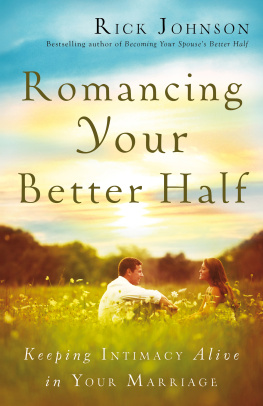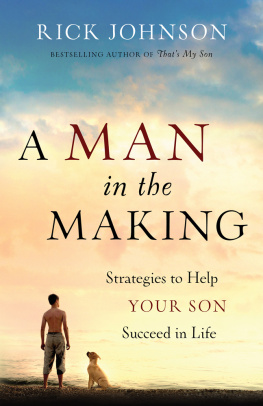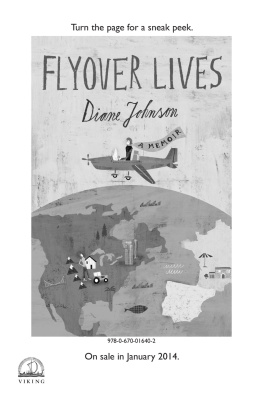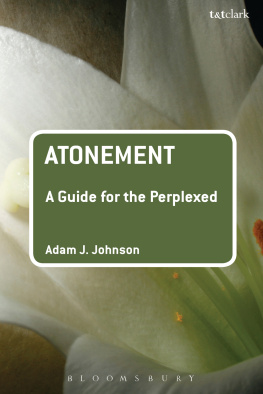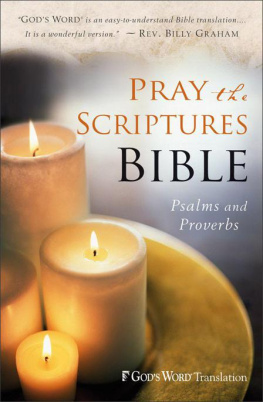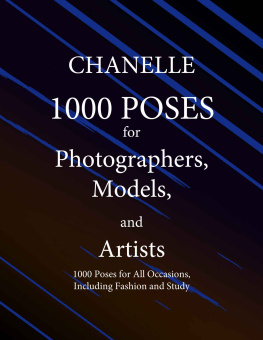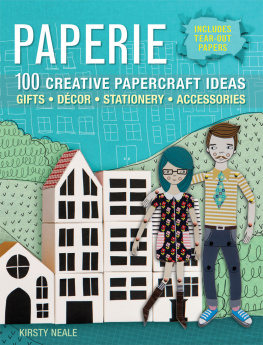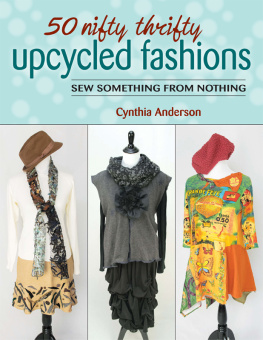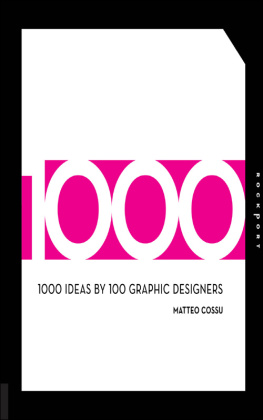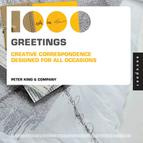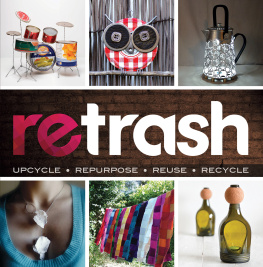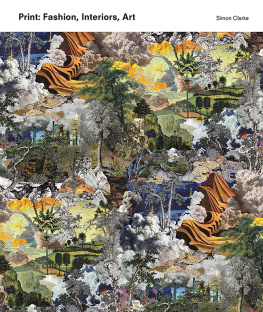
1000 Ideas for CREATIVE REUSE
Remake, Restyle, Recycle, Renew GARTH JOHNSON
BEVERLY MASSACHUSETTSQ U A R R Y B O O K S To Mark Burns, for introducing me to the concept of the whim of iron.




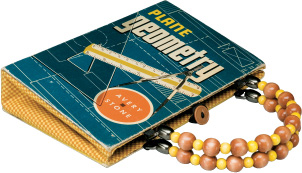


contents
introduction
DURING THE LAST WEEKS OF GATHERING IMAGES FOR THIS BOOK , I took a short trip with my wife to visit some wineries near Mendocino, California. When we walked into the Navarro Winery in Philo, I saw an object that summed up everything that I loved about creative reuse. The gallery owners had taken an antique bottle drying rack, covered it with wine bottles, and converted it into a light fixture. It took me a few moments to realize why the wine rack looked so familiar. The light fixture, stripped of its bottles and lights, was almost identical to Marcel Duchamps 1914 readymade entitled
Bottle Dryer or
Hedgehog, which can be seen at the Philadelphia Museum of Art.
Duchamps readymade sculptures were revolutionary because they challenged the orthodoxy of the objet dart. By taking ordinary objects and presenting them as art, Duchamp ushered in the era of conceptual art. The winery owner at Navarro simply added another twist by lighting their tasting room with an icon of twentieth-century art. Marcel Duchamp didnt invent creative reuse. In fact, medieval scribes regularly scraped off and reused parchments for their illuminated manuscripts. The ancient Greeks melted down older bronze statues to make newer, more naturalistic ones.
Medieval Baghdad supposedly owed its splendor to architectural and decorative elements taken from ancient Babylonian sites. The Romans were the undisputed champions of reuse. They re-carved marble statues of disgraced emperors into statues of emperors with better reputations. The Romans even pillaged decorative elements from monuments and buildings to make new monuments such as the Arch of Constantine, conveniently re-branding the characters and symbols to make them fit into their new environs. Christian cultures embraced creative reuse with equal vigor, superimposing their beliefs and architecture on Roman foundations, both figurative and literal. Early Christians adapted Roman temples into places of worship, decorating them with motifs like Dionysian grapes repurposed to symbolize the blood of Christ.
Later churches continued this tradition of reuse. St. Marks Basilica in Venice is a striking example, covered not only in columns and decorations from the Romans and Greeks, but also from their trading partners in Asia and the Middle East. Throughout history, the reuse of materials meant different things to different cultures. Sometimes, the reuse of materials showed the dominance of one culture over another. The spoils of war were integrated into buildings as mementos of victory.
Other times, reused materials were used to establish a link with classical antiquity. The classical columns in St. Peters Basilica in Rome are meant to hearken back to the grandeur of ancient Rome. Finally, and perhaps most importantly, the reuse of materials is about thrift. Ancient cultures from Egypt to India regularly recycled their buildings, sculptures, and objects out of convenience and necessity. Whenever resources become scarce, creative reuse becomes second nature.
A more recent example of creative reuse comes from the Werkbund, a German association of designers founded in 1907. The Werkbund was designed to educate the German people about the beauty of well-designed objects. The group offered their minimal designs as an alternative to the mass-marketed objects of popular taste. In the lean years after World War II, Werkbund members embraced the creative reuse of war material. The Werkbunds archive, the Museum der Dinge (Museum of Things) in Berlin contains beautiful examples of gas masks refashioned into candlestick holders and helmets that have been enameled and turned into cooking pots. 1000 Ideas for Creative Reuse has been a joy to curate. 1000 Ideas for Creative Reuse has been a joy to curate.
As unlikely as it seems, out of the many thousands of brilliant examples submitted, it was hard to limit myself to 1,000. The book contains examples of all three types of reuse I cited earlier: dominance, heritage, and thrift. Like Duchamps readymades, artists like Margaux Lange (Images 343-348) and Stuart Karsten (Image 691) take iconic objects like Barbie dolls and dollar bills and subjugate them to their own vision, fashioning something surprising and new out of objects that are so common as to be invisible. The viewer (or user) is delighted by the designers clever use of pedestrian materials. Like the architects of St. Peters, other artists reuse objects to evoke the past.
The burgeoning steampunk movement is well-represented in this book. The steampunk movement is based around creating familiar objects that are immaculately crafted using Victorian-era technology. Gears and clockwork hearken back to an era that predates disposable silicone chips. Artist Richard Nagy (Image 536) even houses modern, faceless computers in handsome brass, copper, and wood enclosures that would melt the heart of even the most recalcitrant technophobe. Finally, most of the projects in 1000 Ideas for Creative Reuse are thrifty... or downright ecological.
One of the joys of reading this book is guessing the materials used in each project (they are listed in the image directory, page ). This book contains photographs of literally tons of objects that have escaped the cruel fate of the landfill. It is the desire to transform the everyday cast-off into something extraordinary that is the thread holding this book together. I consider everything in this book to be art, however, as a concession to organization, I have broken down the chapters into: paper goods and assemblage; couture and soft goods; jewelry and adornment; geek craft and man craft; housewares and furnishings; and art, interiors, and installations. Because of the overlap between categories, deciding which category to place objects in has been as nerve-wracking as planning the seating chart for a society wedding dinner. As Ive been biting my fingernails down to the quick over these decisions, somewhere, I suspect, Marcel Duchamp is laughing his ass off.
Enjoy,
Garth Johnson
chapter 1 paper, collage + assemblage
00010101

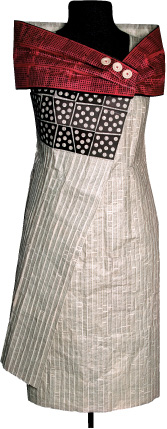 Next page
Next page

